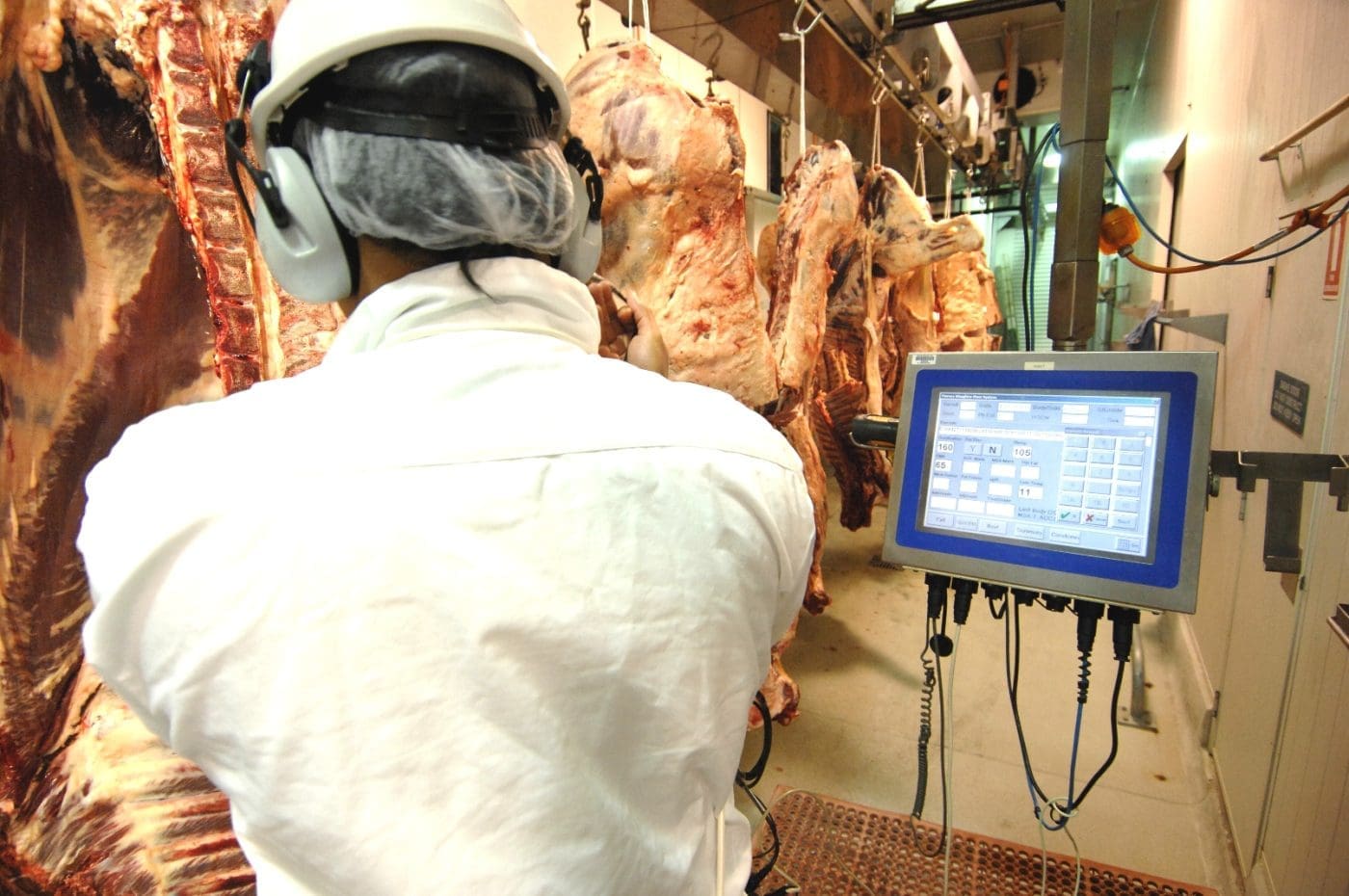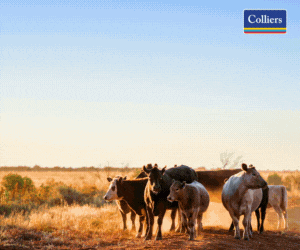APART from a few cow offer adjustments, there’s been little change in direct consignment grid prices across Eastern Australia over the past week – however signs of supply momentum in northern regions continue to mount as country dries out.
In Queensland and Victoria, processors are reporting the first ‘trickle’ of Northwest Queensland, Central Australian and NT cattle starting to hit the road, as conditions cool off and large northern operators get their seasons underway after lengthy wet weather delays.
 A large northwestern Queensland operator last week calculated his 2024 cattle season was 33 days behind where it would normally be, given earlier rain delays. Some of the bigger pastoral companies have indicated they are behind to a similar extent, and that appears to be common across large parts of extensive cattle country through western and northwestern Queensland, the Gulf region, across the Northern Territory and into Central Australia.
A large northwestern Queensland operator last week calculated his 2024 cattle season was 33 days behind where it would normally be, given earlier rain delays. Some of the bigger pastoral companies have indicated they are behind to a similar extent, and that appears to be common across large parts of extensive cattle country through western and northwestern Queensland, the Gulf region, across the Northern Territory and into Central Australia.
The late start to the northern processing season due to weather may ‘condense’ supply for a period – potentially causing some congestion over the next four to six months, heightening the risk of too many slaughter-ready cattle being presented at the same time.
Last week’s national slaughter tally took a predictable hit, due to the ANZAC Day Thursday holiday. Numbers declined by 19pc or more than 25,000 head to 109,213 head for the week ended Friday, due to the four-day working week.
However numbers can be expected to grow in the weeks ahead, with some plants from Townsville all the way to southern NSW scheduling an extra day in weekly rosters recently.
The female slaughter ratio continues to sit at high levels, last week accounting for 49.5pc of the total national cattle kill. The previous two weeks were 49pc and 47.8pc.
All sit well above the 47pc ‘tipping point’ representing national herd contraction or expansion.
One muti-site, multi-state processor said there were ‘heaps of cows on offer’ as April draws to a close. Northern livestock train bookings for the next month reflect that.
The most common view about the reason for the rise in female slaughter is rising prices for lean export trimmings driving interest in cows at present, and the activation of first-round muster preg-testing in the north pushing more empties onto the market.
Some cow grids back another 10c
Some large Queensland multi-site processors have taken 10c/kg off their cow grids this week. Others took similar steps last week, to better align supply and demand.
Offers among competitive southern Queensland export processors this morning include heavy cows quoted at 440-450c/kg and four-tooth grass ox with implant unchanged at 515-520c/kg. Some operators are offering priced quotes only for the next three weeks, with space bookings only for the back half of May and beyond.
 Central Queensland plants are 10c/kg less in current grids due to the freight differential, and 25c less in North Queensland.
Central Queensland plants are 10c/kg less in current grids due to the freight differential, and 25c less in North Queensland.
Further south, following some 20c/kg price falls a fortnight ago, processors in eastern regions of South Australia have grids this morning at 520c/kg on best cows, and 550c on four-tooth export bullocks. Southern NSW processor grids are mostly unchanged this week with heavy cows around 470c/kg and four-tooth HGP-free ox 560c.
Southern states processors have been operating in Queensland centres again this week, buying out of this morning’s Roma store sale and other channels, suggesting supply is tightening at home, and price differentials start to enlarge.
Forward contracts on 100-day cattle are now being offered for August delivery by some Queensland grainfed processors, with contracts at between 640c/kg and 660c/kg being written on flatbacks – much the same as July delivery.
Feeders this week are tracking sideways, with 320c/kg the common quote for flatback heavy feeders across the Darling Downs this morning. Some large feedlot operators have recently returned to the market after a period of ‘no quotes’ due to adequate supply.
Saleyards
Eastern states saleyards were mostly lighter in numbers this week, following a trend that started last week.
Roma store sale this morning (preliminary report only – full report tomorrow) yarded 5643 head, down about 15pc from last week. The market improved by 20c/kg on heavy feeders, while limited numbers of heavy slaughter steers sold from 219 to 238c.
Naracoorte yarded only 690 head this morning, with the market firm across most of the yarding. Cows gained 10-20c/kg and bulls were to 10c dearer in places. Heavy cows sold from 210-268c, and mediumweights from 155-200c.
Wodonga sale this morning saw 1500 head, up 570 on last week. There was strong demand for heavy export types, leading to increased competition across all export categories and significant price hikes. Secondary cattle slipped in value. Heavy steers and bullocks saw gains of 20-40c, selling from 270-328c/kg. The cow market also observed a notable increase in prices, with buyers wanting heavy cows in prime condition. The bulk sold from 244-265c and leaner types ranging from 140c to 228c/kg.
Gunnedah this morning yarded 1215 head, down 10pc on last week. There were not many well finished grown steers and heifers while cows were plentiful. Quality was a factor in higher prices in most classes of cows, which lifted 24-28c/kg.
Forbes yesterday yarded 942 head, down 15pc. Heavy steers and bullocks were limited but showed a dearer trend reaching 299c/kg. Cows were steady with heavy score 2s selling from 185-212c and score 3s ranging from 190-220c.
- There will be no weekly kill report next Tuesday due to the Beef 2024 event in Rockhampton. This report returns Tuesday 14 May.
